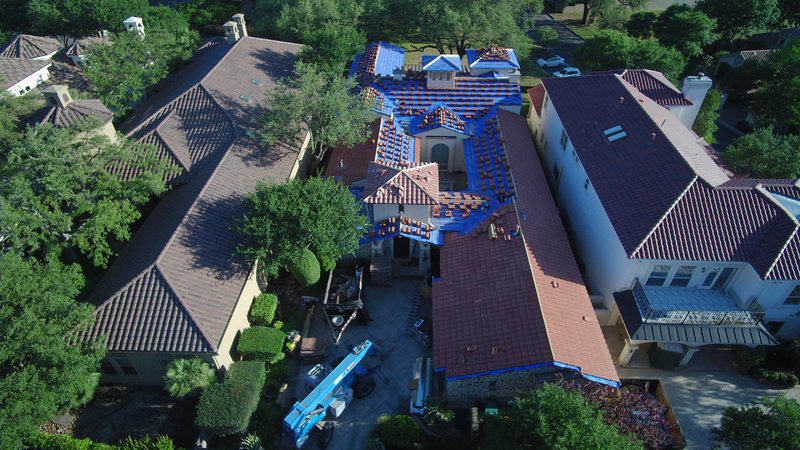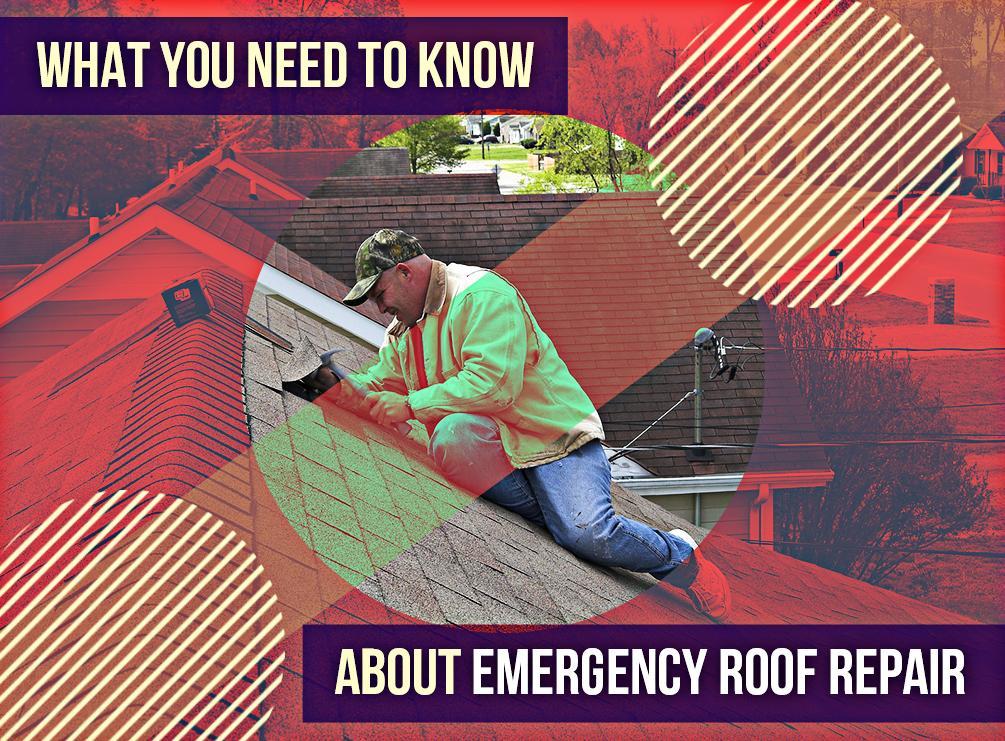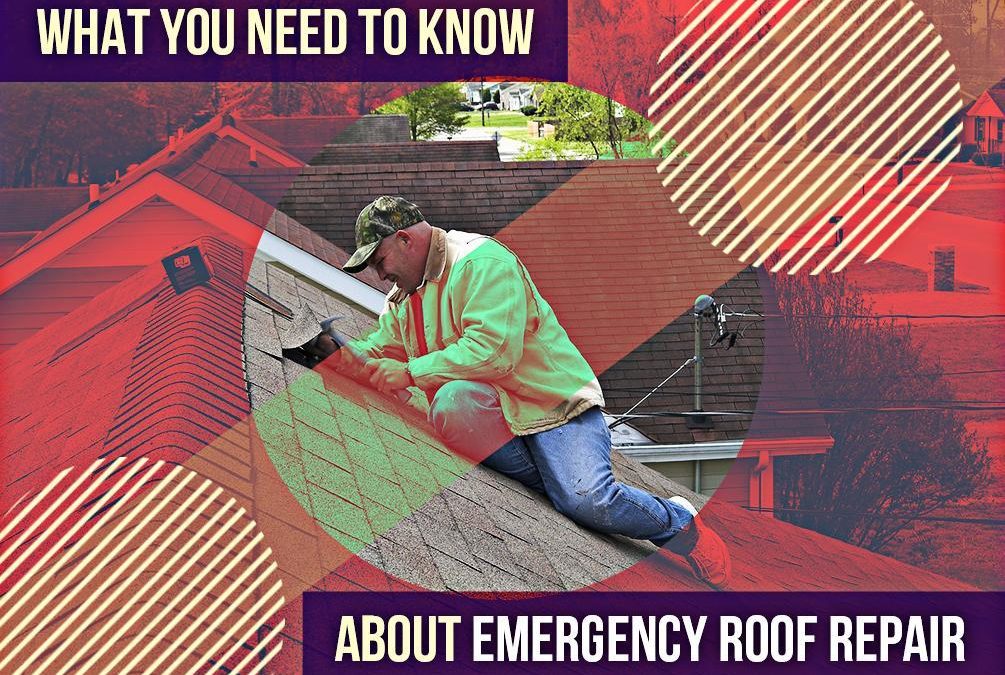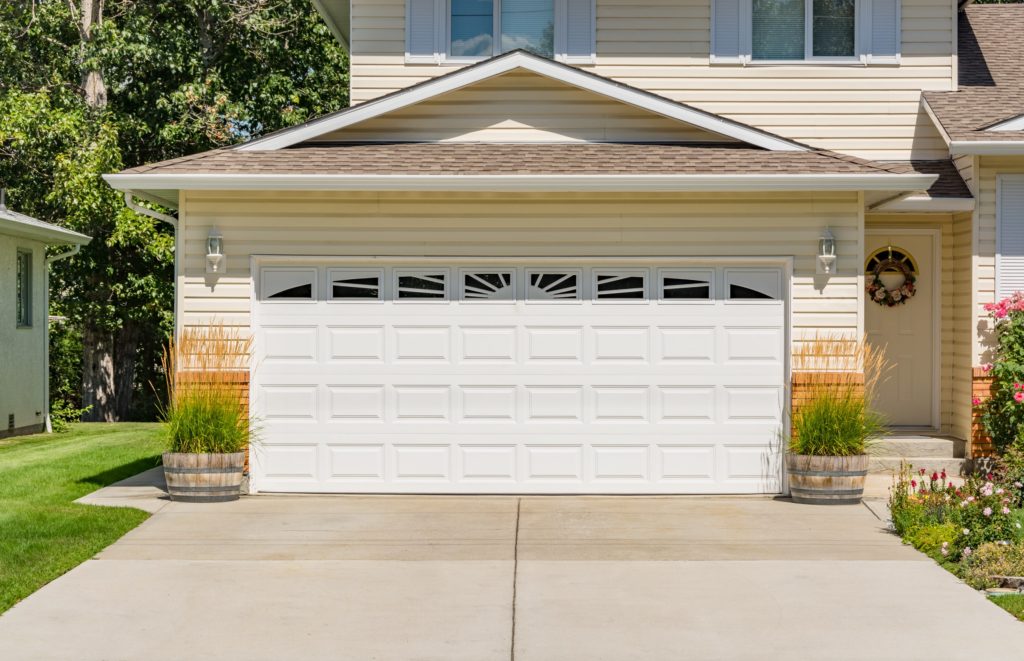The Ultimate Guide to Repairs Roof: Tips and Tricks for a Stronger, Safer Home
When it comes to owning a home, few things are as essential as having a sturdy and reliable roof over your head. Your roof acts as the first line of defense against harsh weather conditions, keeping you and your family safe and comfortable inside. However, just like any other part of your home, roofs are subject to wear and tear over time. Whether it’s due to age or unforeseen damages from natural disasters, roof repair is something that all homeowners will eventually have to deal with. And in today’s market filled with endless options for repairs and maintenance services, finding the right solution can be daunting. That’s why we’ve put together this ultimate guide on repairs roof– providing you with tips, tricks, and expert advice to help make the process easier and ensure a stronger and safer home for you and your loved ones.
Importance of regular roof maintenance and repair.
Regular roof maintenance and repair are crucial when it comes to ensuring the longevity and functionality of your roof. It may seem like a tedious and costly task, but the benefits of a well-maintained roof far outweigh the associated costs.
Firstly, regular roof maintenance helps to prevent minor issues from turning into major problems. Roof problems such as leaks can spread quickly and cause significant damage to your home, resulting in costly repairs that could have been avoided through regular maintenance. By inspecting your roof regularly, you can catch any issues early on and take corrective action quickly.

Repairs Roof
Secondly, a well-maintained roof can save you money on your energy bills. A roof that is unsealed or poorly insulated can allow heated or cooling air to escape, resulting in higher energy bills. Regular roof maintenance ensures that your roof is well-insulated and sealed, which can significantly reduce your energy costs.
Thirdly, regular roof maintenance can add value to your home. Buyers are often willing to pay more for a home with a well-maintained roof as it is a crucial component of any home. An unmaintained or poorly maintained roof can be a red flag for potential buyers and result in lower offers.
Lastly, regular roof maintenance can give you peace of mind. Knowing that your roof is sound and well-maintained can help to avoid stress and worry about potential issues arising in the future.
Regular roof maintenance and repair are essential for the upkeep of your home. Not only does it prevent major problems, save you money on your energy bills, and add value to your home, but it also provides you with peace of mind. Don’t wait until your roof requires major repairs. Invest in regular maintenance today.
Signs of Roof Damage: Identifying the Need for Repair
As a homeowner, it’s important to be able to identify signs of potential roof damage before it becomes a major problem.
One of the most obvious signs of damage is a leak in your roof. If you notice water stains on your ceiling or walls, or if you hear dripping sounds during a rainstorm, it’s a sign that your roof has a problem. Leaks can be caused by a variety of factors, including damaged shingles, cracked flashing, or improperly installed skylights.
Another sign of potential damage is missing shingles or tiles. If you notice any gaps in your roofing materials, this can expose your roof to the elements, leading to further damage. You may also notice unevenness or sagging areas on your roof, which can indicate a structural problem.
Visual inspections are one of the best ways to spot potential issues with your roof. It’s important to inspect your roof at least once or twice a year, especially after a major storm or severe weather. Inspect the shingles, flashing, edges, and ridges of your roof, looking for any signs of wear or damage.
You can also use other techniques to spot potential roof damage, such as using binoculars to inspect from the ground or checking your attic for signs of water damage or mold growth.
By being proactive and vigilant in watching for these signs of roof damage, you can save yourself the hassle and expense of major repairs down the road. If you do notice any of these signs, make sure to contact a professional roofing contractor who can assess the damage and provide you with the necessary repairs. Remember, a healthy roof equals a healthy home!
DIY vs. Professional Roof Repairs: Making the Right Decision
When it comes to repairing your roof, you have two options: doing it yourself or hiring a professional contractor.
Before you decide, it’s important to understand the scope of the repair project. Ask yourself, do I have the knowledge, skills, and tools needed to complete the job successfully? If not, then it’s wise to hire a professional contractor.
One advantage of doing a DIY repair is saving money on labor costs. However, if you lack the proper skills, it’s important to remember that a bad repair can ultimately cost you more in the long run. You may end up having to hire a contractor to fix your mistakes or pay more to have them redo the entire job.
When it comes to hiring a professional contractor, you can benefit from their expertise and experience. They have the necessary training, skills, and specialized tools to handle any repair job safely and effectively. Professional contractors can also address underlying issues in your roofing system that may not be immediately noticeable to an untrained eye.
Another advantage of hiring a professional contractor is that they can offer warranties on the work they perform. This means you have peace of mind that your roof is being repaired properly and if there’s any issue with the repair, it will be made right at no additional cost to you.
The decision to do a DIY repair or hire a professional contractor depends on your skills and budget. If you’re unsure about your ability to complete a repair, it’s best to leave it to the professionals. Ultimately, investing in a professional repair can save you time, money, and headaches in the long run.

Repairs Roof
Essential Tools and Materials for Roof Repairs
One of the most important tools for roof repairs is a ladder. A sturdy ladder that is tall enough to reach the roof safely is indispensable for carrying out repairs at heights. In addition to the ladder, harnesses, and safety gear such as helmets and gloves are also essential to ensure the safety of workers while repairing the roof.
When it comes to the tools needed for specific repairs, it varies depending on the type of roof and the extent of the damage. Some tools that are commonly used for roof repair include roofing hammers, roofing nail guns, roofing knives, and shingle cutters. These tools all serve specific purposes and are used to remove old or damaged shingles and install new ones.
In regards to necessary materials, high-quality roofing materials are essential for long-lasting repairs. Some of the most commonly used materials include asphalt shingles, metal roofing panels, and tiles. The right roofing material will depend on the location, climate, and overall style of the home. It’s essential to choose materials that are durable and can withstand weather conditions for many years.
Carrying out roof repairs can seem daunting, but with the right tools and materials, it can be a manageable task. A ladder, safety gear, roofing tools, and high-quality roofing materials are all necessary for long-lasting repairs. By investing in the right tools and materials, homeowners can ensure their roofs are not only safe but also enhance the overall look and value of their homes.
Step-by-Step Guide to Common Roof Repairs
Roof leaks are not only annoying, but they can also lead to serious damage if left unaddressed. That’s why it’s important to know how to spot potential problem areas and tackle common roof repairs before they get out of hand. From minor leaks to more complex repairs, here’s a step-by-step guide to help you keep your roof in top shape.
Start by inspecting your roof regularly, especially after heavy rain or windy weather. Look for missing or damaged shingles, cracked seals, or any visible signs of wear and tear. These are common areas where water can seep through and cause leaks.
To patch up minor leaks, you can use roofing cement or sealant to seal any gaps or cracks in your roofing system. This is an effective fix for small leaks, but it is important to note that this solution is a temporary fix, and may need replacing after a while.
Replacing missing or damaged shingles is another common repair. Shingles protect your roof from the elements and should immediately be replaced if one or more are missing. This is not a complex task, just time-consuming.
Fixing flashing issues is also crucial. Flashing, which is typically made of metal or plastic, acts as a barrier between different components of your roof. If flashing is not well-secured and sealed, it can become loose and allow water to enter your home. This is a more complex repair but should be tackled if there are any concerns.
Flat roofs can also lead to leaks if not well maintained. Roofing membrane and coating repairs may be necessary in this case. It is important to note that for flat roofs, regular maintenance is the key to avoiding major repairs.
More complicated repairs, such as chimney flashing and valley repairs, are best left to professionals. These repairs require specialized knowledge and techniques, which is why it is highly recommended to seek professional help.
It is important to take necessary safety precautions before attempting any roof repairs. Always wear appropriate safety gear, such as a hard hat, safety glasses, and sturdy non-slip shoes. Also, use a sturdy ladder that extends beyond the roofline, and never attempt any repairs if the weather is bad.
Overall, regular inspections and maintenance of your roof will help you spot potential problem areas early, and tackle common repairs before they turn into major issues. Whether you decide to tackle the repairs yourself or hire professionals, it’s always better to address roof leaks sooner rather than later to prevent costly damage to your home.
Preventive Maintenance: Extending the Lifespan of Your Roof
Your roof is one of the most important parts of your home, but it’s often overlooked until there’s a problem. Regular preventive maintenance is key to ensuring your roof lasts as long as possible and performs at its best. Here are some tips for extending the lifespan of your roof:
- Inspect your roof regularly – One of the easiest ways to prevent serious roofing issues is to inspect your roof regularly. Look for signs of damage, such as missing or broken shingles, cracked tiles, or rusted flashing.
- Clean your gutters – Clogged gutters can cause water to collect on your roof, leading to leaks and other damage. Cleaning your gutters regularly can help prevent these issues and save you money in the long run.
- Trim nearby trees – Trees can cause all sorts of damage to your roof, from fallen branches to accumulated debris. Keep trees trimmed back from your roof to reduce the risk of damage.
- Hire a professional – If you’re not comfortable inspecting or maintaining your roof, it’s best to hire a professional. A roofing contractor can identify potential problems and make sure your roof is in good condition.
By following these preventive maintenance tips, you can help extend the lifespan of your roof and avoid costly repairs in the future. Remember, a little maintenance goes a long way when it comes to keeping your home in good condition.

Repairs Roof
Qualities to look for When Hiring a Professional Roofing Contractor
When it comes to hiring a professional roofing contractor, it’s essential to look for certain qualities that will ensure a successful job. Whether you need repair work, a replacement, or an entirely new roof installation, choosing the right contractor can make all the difference in the outcome of the project.
One of the first qualities to look for is experience. It’s important to find a contractor with years of experience in the industry, and who has worked on a variety of different roofs. This will ensure that they have the knowledge and skills necessary to handle any challenge that may arise during the project.
Another important quality is a strong reputation. This can be determined by reading reviews and checking ratings on websites such as Yelp or Angie’s List. You can also ask for references from the contractor and speak with previous clients to get a better understanding of their work ethic and professionalism.
Communication is also key when choosing a roofing contractor. You want someone reliable and responsive, and who will keep you informed throughout the entire process. A good contractor should be able to answer your questions and provide clear explanations of the work they will be performing.
In addition, it’s important to choose a contractor who is licensed and insured. This protects you from any liability in case of accidents or damage to your property during the project.
Finally, a good roofing contractor should always provide a written contract outlining the work to be done, the materials to be used, and the timelines and costs associated with the project. Make sure to review the contract carefully before signing it to ensure that all of your expectations are met.
By taking the time to research and choose a qualified and reputable roofing contractor, you can feel confident that your roofing project will be completed to your satisfaction.
Maintaining and repairing your roof is essential for the overall health and longevity of your home. By regularly inspecting and maintaining your roof, addressing any issues promptly, and hiring a professional contractor when needed, you can ensure that your roof will continue to protect your home for many years to come. Remember, prevention is key when it comes to extending the lifespan of your roof, so don’t neglect this important aspect of homeownership. So, always prioritize proper roof maintenance and take necessary precautions to avoid any major repairs in the future. With these tips in mind, you can keep your roof in top shape and rest easy knowing that your home is well-protected from the elements.
https://www.google.com/maps?cid=465871782046421571





